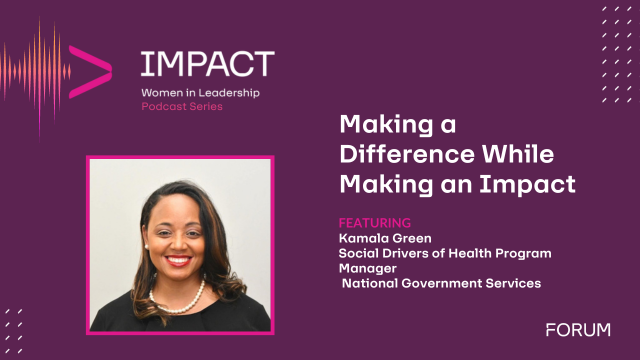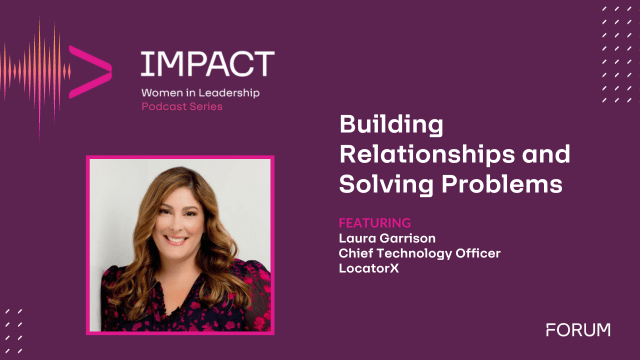“Today’s data storage media (e.g., DVDs and hard drives) meet current global data storage needs of around 97 trillion gigabytes. But researchers are concerned they can’t keep pace with growing storage demand, which could double by 2025. In addition, the plastic and magnetic materials in these media can degrade and the technology can become obsolete, making replacement necessary as often as every 3 years.”
“Alternative technologies—like synthetic DNA and laser-etched glass—have more capacity and durability, but need further development before they can be widely used. We examined these alternative technologies, how they work, and more.”
“Why This Matters
Current technologies are energy intensive and may not meet the exponentially increasing demand for data storage. Without alternatives—such as synthetic DNA or glass—businesses, governments, and individuals may lose billions of gigabytes of data in the next decade. However, high costs and slow write speeds of these technologies pose challenges to their wider use…”
“Some federal agencies and companies are interested in the development of these technologies. For example, the Intelligence Advanced Research Projects Activity launched the Molecular Information Storage Program, which aims to use synthetic DNA storage as a low-resource mechanism to meet the data storage needs of the Intelligence Community. Further, at least one large technology company has a project to develop glass data storage as a cost-effective way to meet long-term data storage demands.”
“Opportunities
Less resource intensive. Using synthetic DNA and glass for data storage can increase storage capacity, while also reducing the need for some raw materials. It may also result in smaller or consolidated storage facilities, which could reduce energy use—even with the additional cold storage requirements of synthetic DNA because of its ability to densely store data.”
“Durability. Data stored in synthetic DNA could last thousands of years if stored at very low temperature. Data stored in glass could last billions of years without degrading, even in harsh conditions.”
“Challenges
- Enabling technologies. Synthetic DNA requires specifically designed coding schemes and operating systems to, for example, reduce errors when writing and reading the data.
- Synthetic DNA currently costs millions of times as much as hard drive storage. Some researchers suggest that engineering advances in DNA synthesis are needed to bring down costs. Glass itself is cheap, but components such as lasers and cameras for writing and reading data are expensive upfront costs.
- Glass storage may be limited to archiving data that do not need to be rewritten often due to its very slow writing speeds…”
Read the full 2-page report here.
Source: Science & Tech Spotlight: Alternative Data Storage Technologies – May 19, 2022. GAO.












